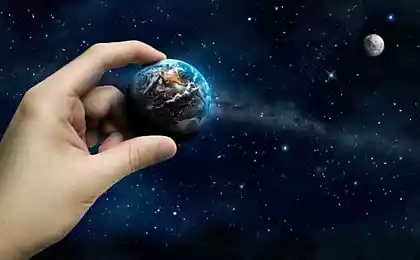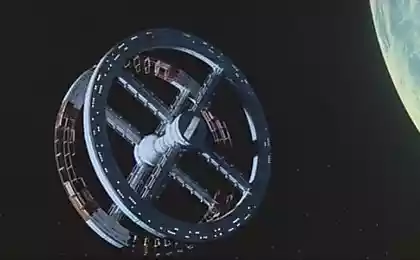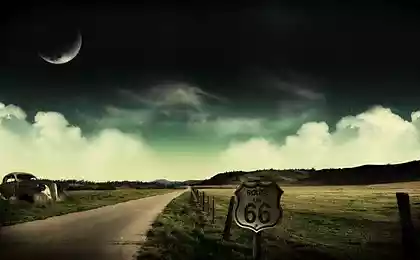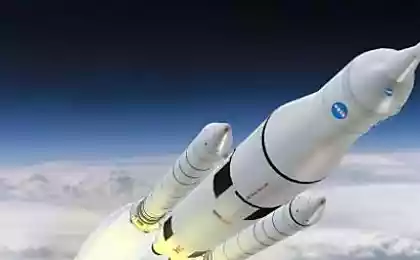1220
Space Ghost
Few people have not heard of "space debris" and a lot of dead satellites flying around our planet. But whether they're dead?

May 15, 1958 was put into orbit the third Soviet artificial satellite, the first true companion, as we now present to them - if the flight of the first and second satellites, essentially, do not drive, then on the third satellite installed optical equipment allowing to navigate by the stars, automatic measurement system's trajectory and multichannel telemetry system transmitted data from scientific instruments. Sputnik had a large amount of research has not yet sat down batteries June 3, 1958. The very same satellite flew to April 6, 1960. But he was not completely dead. As an experiment on the moon's surface were placed solar panels feeding the transmitter beacon for nearly two years. The results of observations of the lighthouse were treated a few years after the disappearance of the satellite orbit.
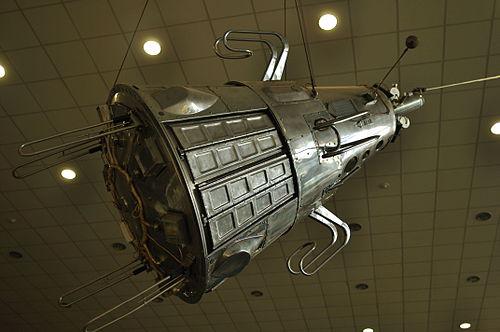
Not all satellites so quickly decayed, some will continue to revolve around the planet several millennia. For some, the procedure provided for "recycling" after a period of operation - decayed, but for various technical reasons, are not always able to do this, for example, due to premature failure.
Although the life of backup batteries have long expired, under certain conditions, energy solar panels enough to activate the transmitter of a dead companion.
One of the oldest satellite still continue to broadcast, satellite navigation is an OPS 6582 (TRANSIT 5B-5), launched back in 1964.
Almost as old LES-1 ( Lincoln Experimental Satellite 1 ) continues to fly and broadcast since 1965.
Frequencies other ghosts and additional information can be found here .
TLE for Orbitron program can be downloaded here .
Happy Halloween!
Source: geektimes.ru/post/240894/

May 15, 1958 was put into orbit the third Soviet artificial satellite, the first true companion, as we now present to them - if the flight of the first and second satellites, essentially, do not drive, then on the third satellite installed optical equipment allowing to navigate by the stars, automatic measurement system's trajectory and multichannel telemetry system transmitted data from scientific instruments. Sputnik had a large amount of research has not yet sat down batteries June 3, 1958. The very same satellite flew to April 6, 1960. But he was not completely dead. As an experiment on the moon's surface were placed solar panels feeding the transmitter beacon for nearly two years. The results of observations of the lighthouse were treated a few years after the disappearance of the satellite orbit.

Not all satellites so quickly decayed, some will continue to revolve around the planet several millennia. For some, the procedure provided for "recycling" after a period of operation - decayed, but for various technical reasons, are not always able to do this, for example, due to premature failure.
Although the life of backup batteries have long expired, under certain conditions, energy solar panels enough to activate the transmitter of a dead companion.
One of the oldest satellite still continue to broadcast, satellite navigation is an OPS 6582 (TRANSIT 5B-5), launched back in 1964.
Almost as old LES-1 ( Lincoln Experimental Satellite 1 ) continues to fly and broadcast since 1965.
Frequencies other ghosts and additional information can be found here .
TLE for Orbitron program can be downloaded here .
Happy Halloween!
Source: geektimes.ru/post/240894/




